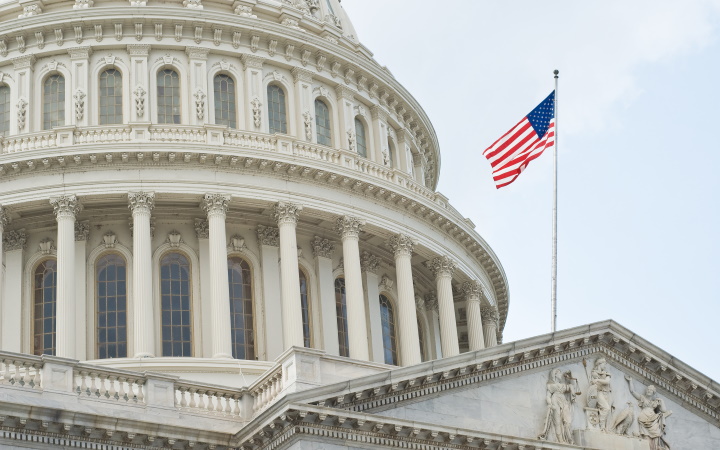
Respect for Marriage Act Signed into Law
On Tuesday, December 13, 2022, President Biden signed the Respect for Marriage Act into law following its passage by Congress. The legislation requires state and federal governments to recognize same-sex marriages and prohibits states from not acknowledging legally valid marriages on the basis of race, ethnicity, or nationality.
In calling for states to honor all existing out-of-state marriage licenses regardless of whether they are the result of a same-sex or interracial union, the new legislation officially repeals the Defense of Marriage Act (1996’s DOMA), which defined marriage strictly as between a man and a woman. However, while the new legislation does not go as far as to require states to issue same-sex marriage licenses, it is intended to protect existing marriages from being deemed invalid in one state vs. another and ensures that same-sex couples will be able to continue receiving the equivalent federal rights and privileges granted to heterosexual couples.
To provide additional context, the Respect for Marriage Act is designed to help protect the primary provisions of two prominent U.S. Supreme Court cases, United States v. Windsor, which held that the limitations placed on the recognition of marriage for only opposite-sex spouses was unconstitutional, and Obergefell v. Hodges, which held that states must not only permit same-sex couples to marry but also must recognize lawful same-sex marriages performed in other states. As it pertains to employee benefit plans, there are numerous rights and protections afforded to married couples that are not extended to non-married individuals or even persons in a legally recognized Domestic Partnership or Civil Union. This includes rights related to COBRA and HIPAA along with favorable treatment for tax purposes.
Although, some may argue that the Act does not go far enough, many will see this as a major step forward. Ultimately, the historic signing of this legislation shows just how public opinion has been drastically transformed on this topic since the passing of DOMA in 1996.
As this topic relates to your Employer-sponsored health and welfare benefit plans please remember that PPACA (aka The Affordable Care Act) only requires employers to cover employees working 30 hours (or more) per week as well as their natural and adopted children. However, many (if not most) employers voluntarily extend that to include stepchildren and legally married spouses. So, to the extent that you (or your plan) choose to cover stepchildren and legally married spouses, you must cover them all in a uniform and equitable way —regardless of their gender, sexuality, parentage, etc.
Should you have any questions as to how any of the prior guidance, the U.S. Supreme Court’s decisions, or this new Act may affect your benefit plans, please contact your AssuredPartners team or Account Executive immediately.
Related Link:
Featured News & Insights

AssuredPartners has long been committed to providing you and your teams with highly valuable content packed with deep industry expertise and innovative risk management solutions. As a valued member...

Employers of all sizes across all industries are being challenged to tailor their benefits strategies to meet the expectations of today’s workforce. Human resources and finance teams have been...

As 2025 comes to a close, many organizations are planning celebrations to recognize the milestones they have reached this year. When organizations host end of year celebrations, they are providing an...